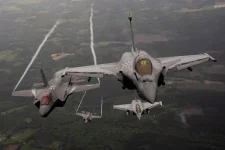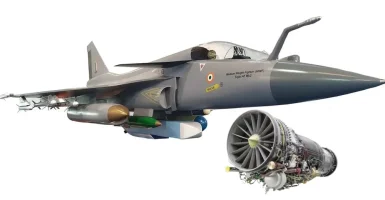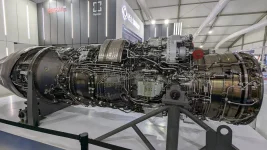- Views: 3K
- Replies: 7
China's rapid progress in military aviation technology stands in stark contrast to India's indigenous fighter jet programs. The recent unveiling of the J-36, purportedly a sixth-generation fighter, underscores this disparity and raises concerns about the future of air power dynamics in the region.
China's journey began with the Chengdu J-10, a fourth-generation fighter designed to compete with the American F-16. This marked a significant step towards self-reliance in military aviation.
Just thirteen years later, China introduced the Chengdu J-20, a fifth-generation stealth fighter intended to rival the US F-22 Raptor. This rapid progression to a stealth platform demonstrated China's accelerated development in aerospace technology.
Maintaining this impressive pace, China recently showcased the J-36, reportedly a sixth-generation fighter. This highlights not only the speed at which China is advancing its military capabilities but also its ambition to lead in aerial combat technology, potentially incorporating AI integration and hypersonic capabilities.
In contrast, India's Light Combat Aircraft (LCA) Tejas Mk1, a 4.5 generation fighter, had its first flight in 2001. Despite this, its journey to operational deployment has been slow. While the Tejas Mk1A variant began induction into the Indian Air Force (IAF) in 2024, it still faces challenges in achieving full-scale production and operational readiness.
India's future plans include the Tejas MkII, with a projected first flight in 2026, and the Advanced Medium Combat Aircraft (AMCA), expected to fly by 2028. While promising, these developments lag significantly behind China's pace of introducing new generations of fighter jets.
China's ability to transition between fighter generations in just over a decade showcases a robust research and development ecosystem. This contrasts with India, where the Tejas program, despite its indigenous nature, has faced numerous delays due to technological challenges, funding constraints, and bureaucratic hurdles.
This gap in development speed has strategic implications for regional air superiority, particularly in the context of existing border tensions between India and China. The J-36's potential for production in the early 2030s suggests that China is pulling ahead in the race to dominate the skies.
For India, this scenario underscores the urgent need to accelerate its aerospace development, streamline processes, and potentially rethink its approach to military technology development. While the Tejas program represents a crucial step towards self-reliance in military aviation, India must intensify its efforts to keep pace with the rapid advancements of its regional rivals.



